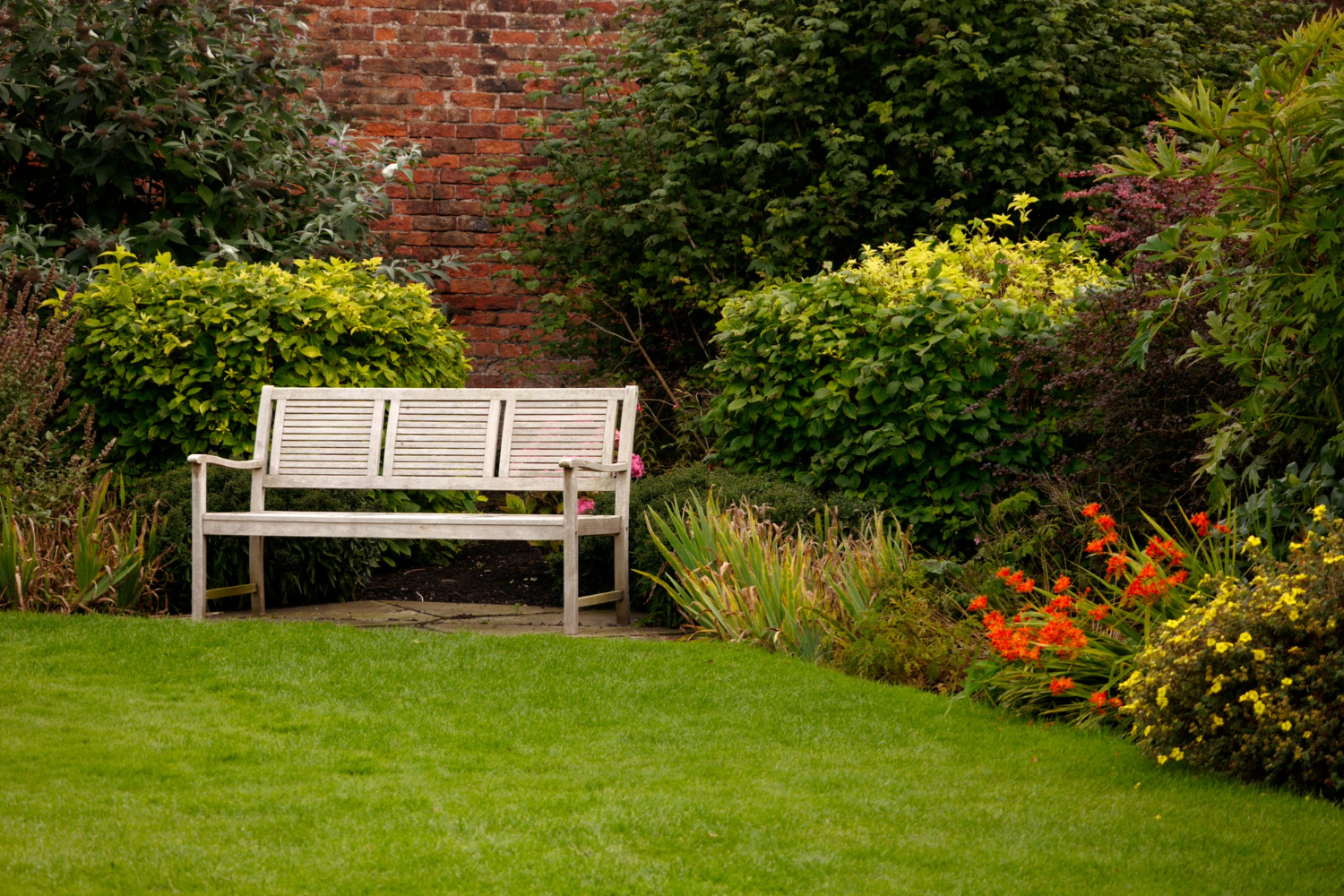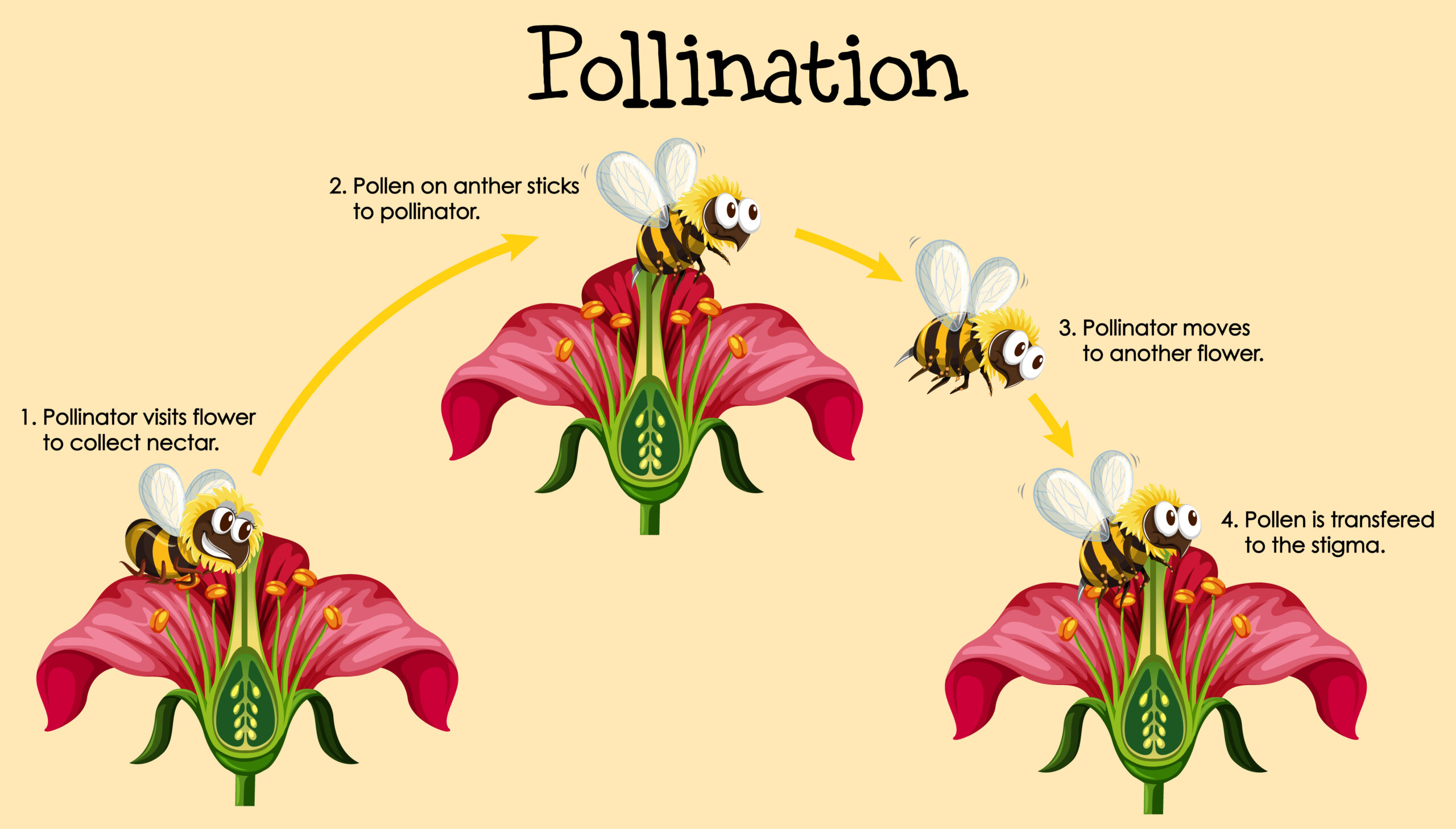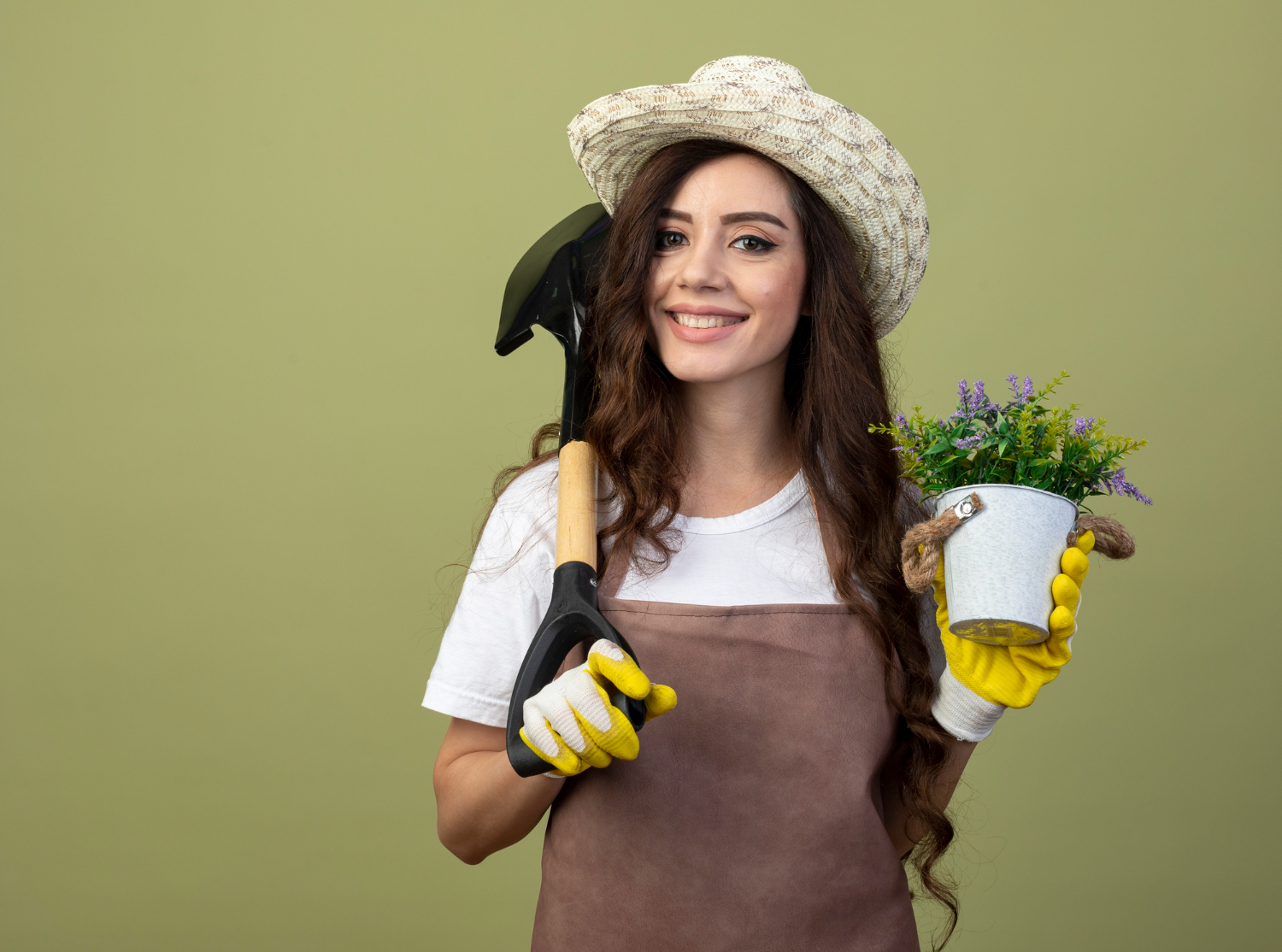Do you want to maintain a healthy and beautiful garden while saving water at the same time? With the right water-saving strategies, you can achieve both.
Water is a precious resource, and conserving it is essential, especially in regions prone to drought. By implementing the following water-saving strategies in your home garden, you can reduce your water usage without sacrificing the health and beauty of your plants.
The first step in saving water in your garden is to choose drought-tolerant plants. These plants have adapted to survive in low-water conditions and require less water than other plants. Additionally, they often come in a wide variety of colours, textures, and sizes, making them an excellent choice for any garden.
By selecting drought-tolerant plants, you can reduce your water usage without sacrificing the beauty of your garden.
Choosing Drought-Tolerant Plants
You’ll love learning about picking plants that can survive with less water in your yard! Water-wise landscaping is all about choosing drought-tolerant plants that can withstand long hot summers without much watering. This means less work for you and less water wasted!
When choosing plants for your garden, consider xeriscaping tips. This includes selecting plants that are native to your area, as they’re already adapted to the climate and require less water.
Other factors to consider are the plant’s leaf size, shape, and colour, as well as its root depth and spacing. By choosing plants that are well-suited for your particular area, you can create a beautiful garden that is low-maintenance and water-efficient.
Implementing Mulching Techniques
By utilizing mulching techniques, you can not only reduce the amount of time spent weeding but also improve soil quality.
Mulching refers to the practice of covering the soil with organic matter such as leaves, grass clippings, straws, or wood chips. This helps to retain moisture in the soil, reduce water evaporation, and prevent weeds from sprouting.
Additionally, mulching provides a protective layer to the soil and prevents soil erosion caused by heavy rainfall or strong winds. Mulch also acts as a natural fertilizer, as it decomposes over time, releasing nutrients into the soil, which can improve plant growth and health.
To implement mulching techniques in your garden, start by choosing an appropriate mulch material. You can use organic matter that’s readily available in your garden, such as leaves, grass clippings, or straw. Alternatively, you can purchase mulch made from wood chips, bark, or compost.
Spread the mulch around the base of your plants, making sure to leave some space around the stems to prevent rotting. For best results, apply a layer of mulch that’s at least 2-3 inches thick.
Mulching is an easy and cost-effective way to conserve water, suppress weeds, and improve soil quality in your garden.
Efficient Irrigation Methods
If you want to maximize the growth and health of your plants while also reducing the amount of time and effort spent watering them, efficient irrigation methods are a must.
One such method is rainwater harvesting. Collecting rainwater in barrels or tanks can provide a free and sustainable source of water for your garden. You can use this water for your plants during dry spells, reducing your reliance on expensive municipal water.
Additionally, rainwater is free from chemicals and pollutants that may be present in tap water, making it a healthier choice for your plants.
Another effective irrigation method is drip irrigation. This system delivers water directly to the roots of your plants, minimizing water waste due to evaporation or runoff.
Drip irrigation systems can be easily installed and are perfect for small gardens or individual plants. These systems can also be equipped with timers, allowing you to water your plants during the coolest part of the day when water evaporation is at its lowest.
By using these efficient irrigation methods, you can save water and time, while also keeping your plants healthy and thriving.
Soil Management and Preparation
Before planting, it’s important to prep your soil by amending it with compost and other organic materials to ensure your plants have the nutrients they need to thrive.
Composting benefits your garden by improving soil moisture retention, which reduces the amount of water needed to keep your plants healthy. By adding compost to your soil, you increase its ability to hold onto water, which means less watering for you in the long run.
To prepare your soil, start by digging up the top layer of dirt and adding a layer of compost. Mix the compost into the soil well, ensuring that it’s evenly distributed.
You can also add other organic materials such as leaf mould, wood chips, or grass clippings to the mix. These materials help retain moisture and create a healthy soil ecosystem that encourages plant growth.
Remember to water your newly amended soil well before planting to give it time to settle and create a stable growing environment for your plants.
Monitoring and Adjusting Water Usage
Well, it’s not like we need to monitor and adjust our water usage or anything, right? Actually, monitoring and adjusting the amount of water used in your home garden can make a significant difference in saving water and money.
One way to do this is by investing in water-saving gadgets such as drip irrigation and soaker hoses that deliver water directly to the roots of plants. These gadgets can reduce water waste by up to 90% compared to traditional sprinkler systems. You can also install rainwater harvesting systems to collect and use rainwater for your garden. This not only reduces your water bill but also helps conserve water resources.
To monitor your water usage, start by checking the soil moisture level regularly. Stick your finger into the soil to see how moist it is, or you can use a moisture meter to help you determine when it’s time to water. Adjust the amount of water you use based on the moisture level of the soil.
Water deeply and less frequently to encourage deeper root growth, which can help plants become more drought-tolerant. You can also mulch your garden beds to help retain moisture in the soil.
By monitoring and adjusting your water usage, you can save water while maintaining a healthy and thriving garden.
Conclusion
Congratulations! You’ve successfully learned about water-saving strategies for your home garden.
By choosing drought-tolerant plants, implementing mulching techniques, using efficient irrigation methods, managing and preparing soil, and monitoring and adjusting water usage, you can decrease your water bill and help conserve water.
Remember, water is a precious resource, and every little bit helps. By applying these simple yet effective strategies, you can make a difference in your garden and the environment.
So, go ahead and try them out! Your garden will thrive, and you can feel good knowing that you’re contributing to a more sustainable future. Keep up the good work and happy gardening!










